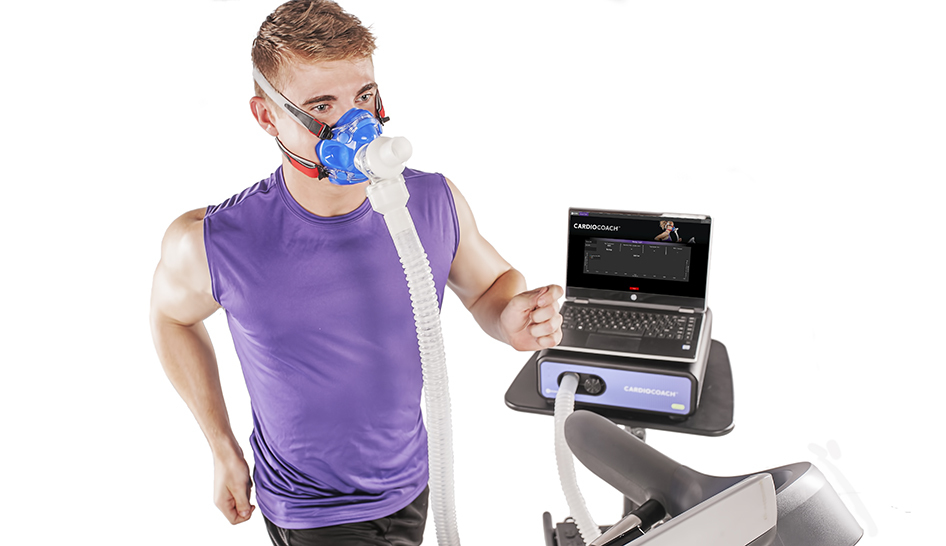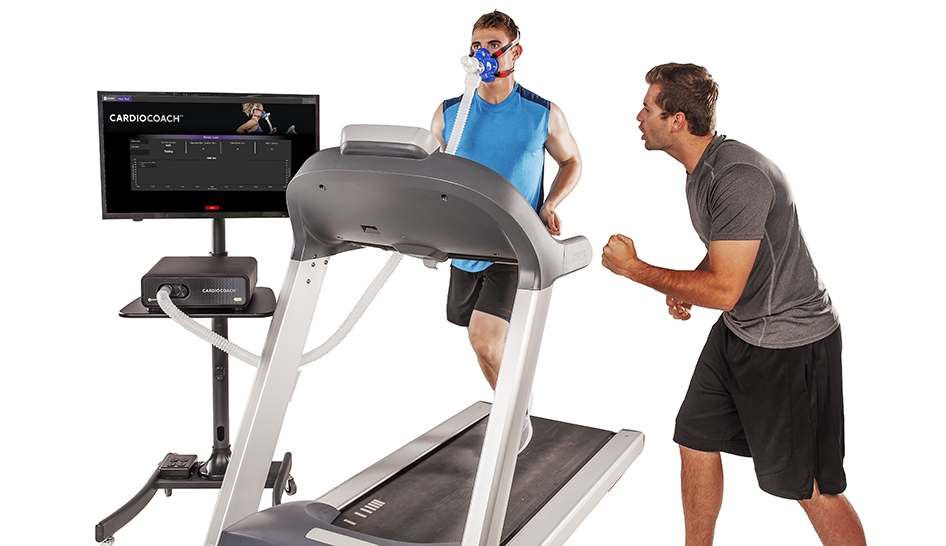As the industry ramps back up in fits and starts, mirroring the ebbs and flows of the pandemic, it looks as though the horizon is clearing. With a vaccine rolling out, we might well see some stability within the first half of 2021. That potential rebound brings with it the need to build revenue streams that can quickly be implemented and work to support your operation for the long haul.
Adding metabolic testing to your facility, whether as part of your current programs or through creating completely new ones, is an effective way to build revenue streams.
“A profitable metabolic testing program in your practice, gym, or personal training center can provide a significant revenue stream, improved client retention, and result in increased referrals,” writes health and wellness program consultant Rich Farina in “4 Simple Strategies to Increase Metabolic Testing Revenues.”
Why Metabolic Testing?
As we look to bring members back into clubs, ensuring that they’re properly conditioned as they dive back into their workouts is critical. The best way to establish a baseline is via metabolic testing.
“Metabolic testing is essential to restarting fitness regimens with clients,” says Allison Law, director of marketing at KORR Medical Technologies. “With everyone’s routines out of sorts, you have no idea whether or not they’ve been keeping up with at-home workouts or if they’ve been feasting on comfort food to get through the hard times.”

